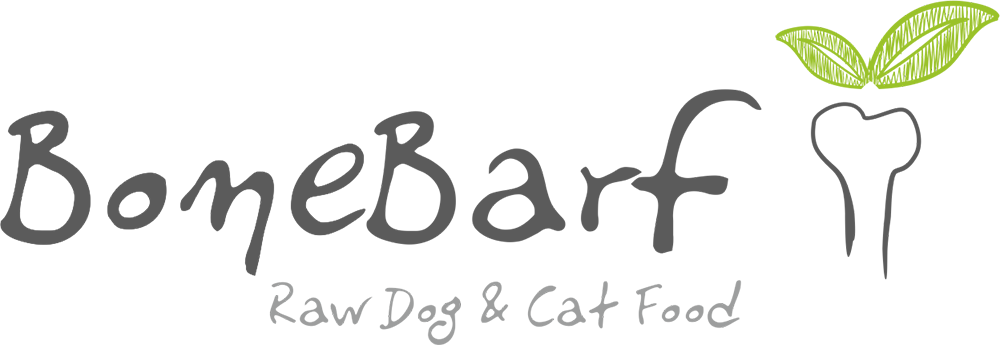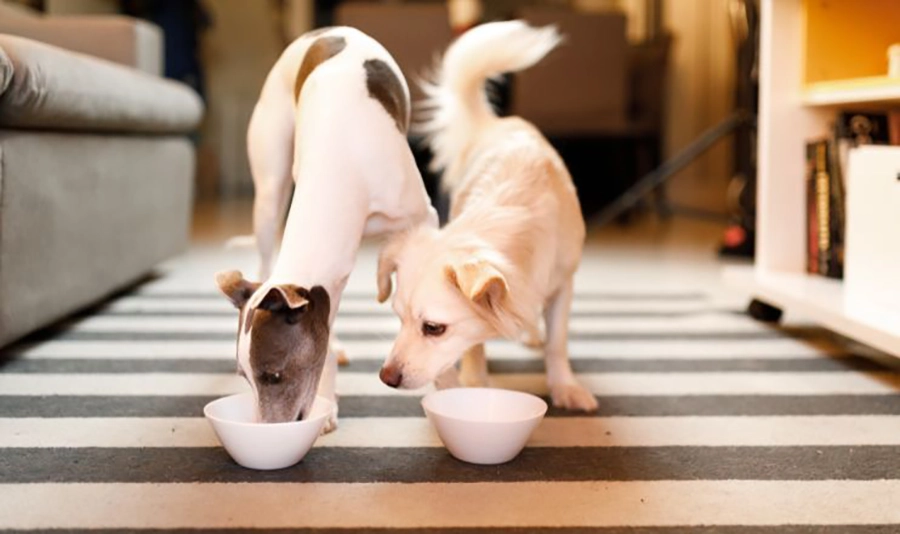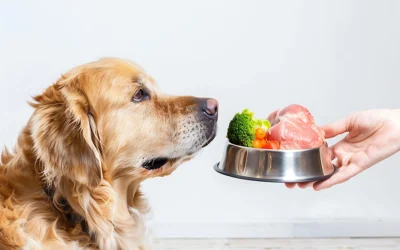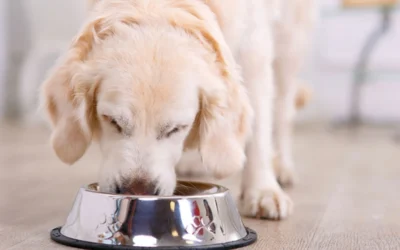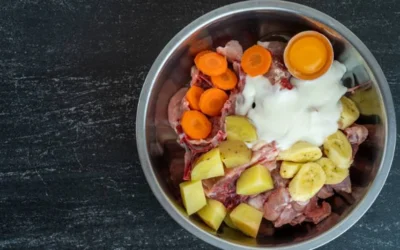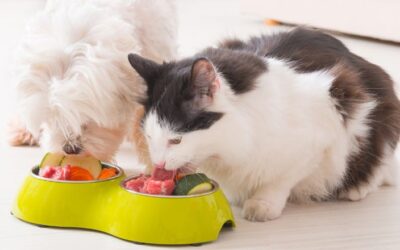The following guidelines for BARF food dosage are general, as every dog has its own daily food requirements.
Puppies (up to 10 months).
The daily amount is between 4–10% of their body weight (in practice, most puppies eat up to 6%). This quantity should be divided into 3–4 meals per day.
Especially for puppies, a more practical rule is to “feed by sight,” meaning to give 3–4 small meals and monitor their condition.
They should be slightly plump and appear satisfied. Their ribs and hip bones should not be visible. If the amount given is insufficient, you’ll notice it within 1–2 days from the puppy’s appearance — so increase the portion accordingly.
Young and Adult Dogs (over 10 months)
By this stage, the daily amount has gradually decreased to 2.5–3% of body weight, split into 2 meals per day.
The ideal weight (IDEAL) is when you can see 2–3 ribs and distinguish the pelvis from the chest. This is not absolute, and each dog owner must study their breed’s standards or decide the ideal weight and body shape for their dog.
Pregnancy and Lactation.
How do pregnancy and lactation affect BARF food dosage?
During this period, the body exceeds its usual limits. You should provide increased food portions compared to normal, divided into at least 4 meals. This prevents the dog from feeling too heavy and allows it to better absorb all essential nutrients.
Fasting – Detox – Abstinence.
All three terms refer to the same process.
Because the BARF diet is based on mimicking dogs’ natural eating patterns, fasting days cannot be omitted. These represent the days when a dog in the wild might not find prey. During fasting, the stomach produces little to no gastric juices, allowing the digestive system to rest, cleanse, and detoxify.
The process is simple: every 10 days skip one of the two daily meals.
For example, if you feed 500 g in the morning and 500 g in the evening, give the 500 g in the morning, skip the evening meal, and feed normally again the next morning.
Dogs instinctively understand the benefits of this process. If owners don’t implement it, dogs will sometimes fast on their own — once a week, once or twice a month, or whenever they feel they need it.
When they feel they need detoxification, they simply don’t eat. They may do this once a week, one or two days a month, or generally whenever they feel the need!
Factors Affecting BARF Food Dosage.
Many factors can influence the daily amount of raw food.
The most important include:
- Ambient Temperature. All dogs eat less in summer and more in winter. Those living outdoors eat more in winter, while indoor dogs may eat less. A dog eating 3% of its weight in winter may drop to 2% in summer.
- Estrus (Heat). Affects both sexes, but especially males. If a male smells a female in heat (even nearby), it may refuse food for up to 3–4 days.
- Breed. Each breed has different activity levels and muscle mass. For example, a 30 kg Labrador may eat 750 g of food per day, while a 40 kg Presa Canario may eat 2 kg per day.
- Character. Some dogs refuse food simply because they sense their owner’s anxiety. With this behavior, they gain attention (e.g., Akita Inu).
